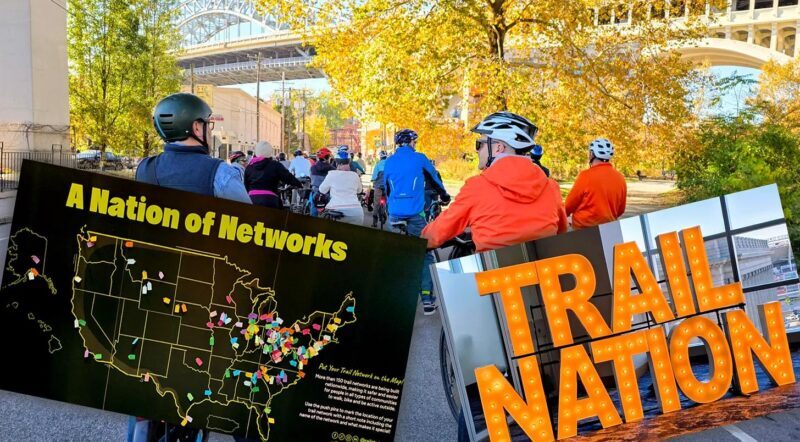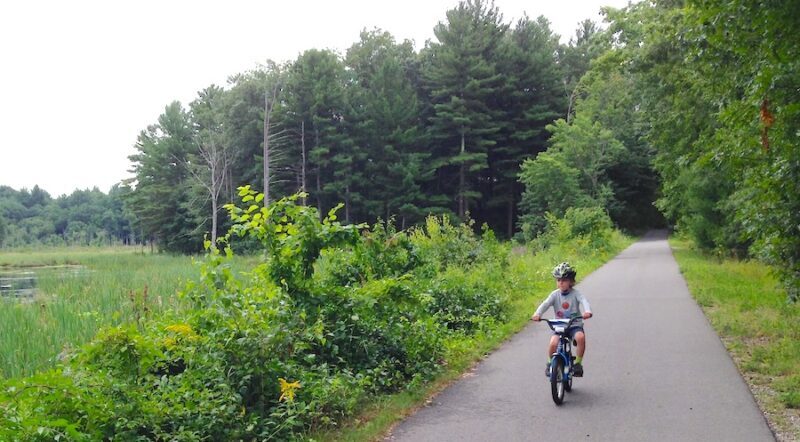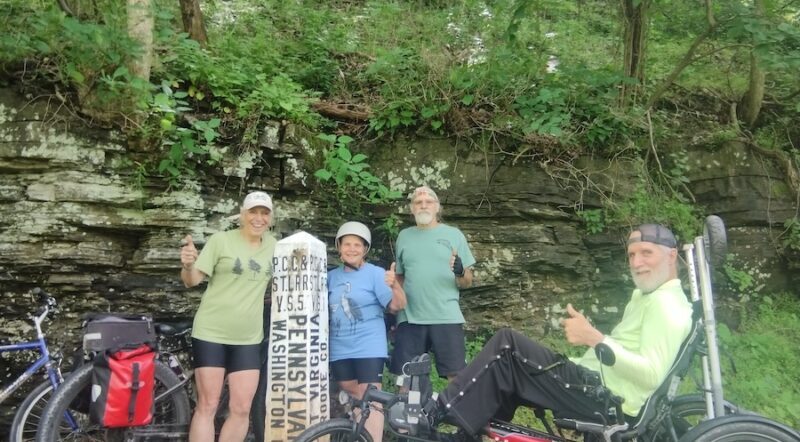BEST Of: Cultural Walking and Biking Hubs in European Capitals
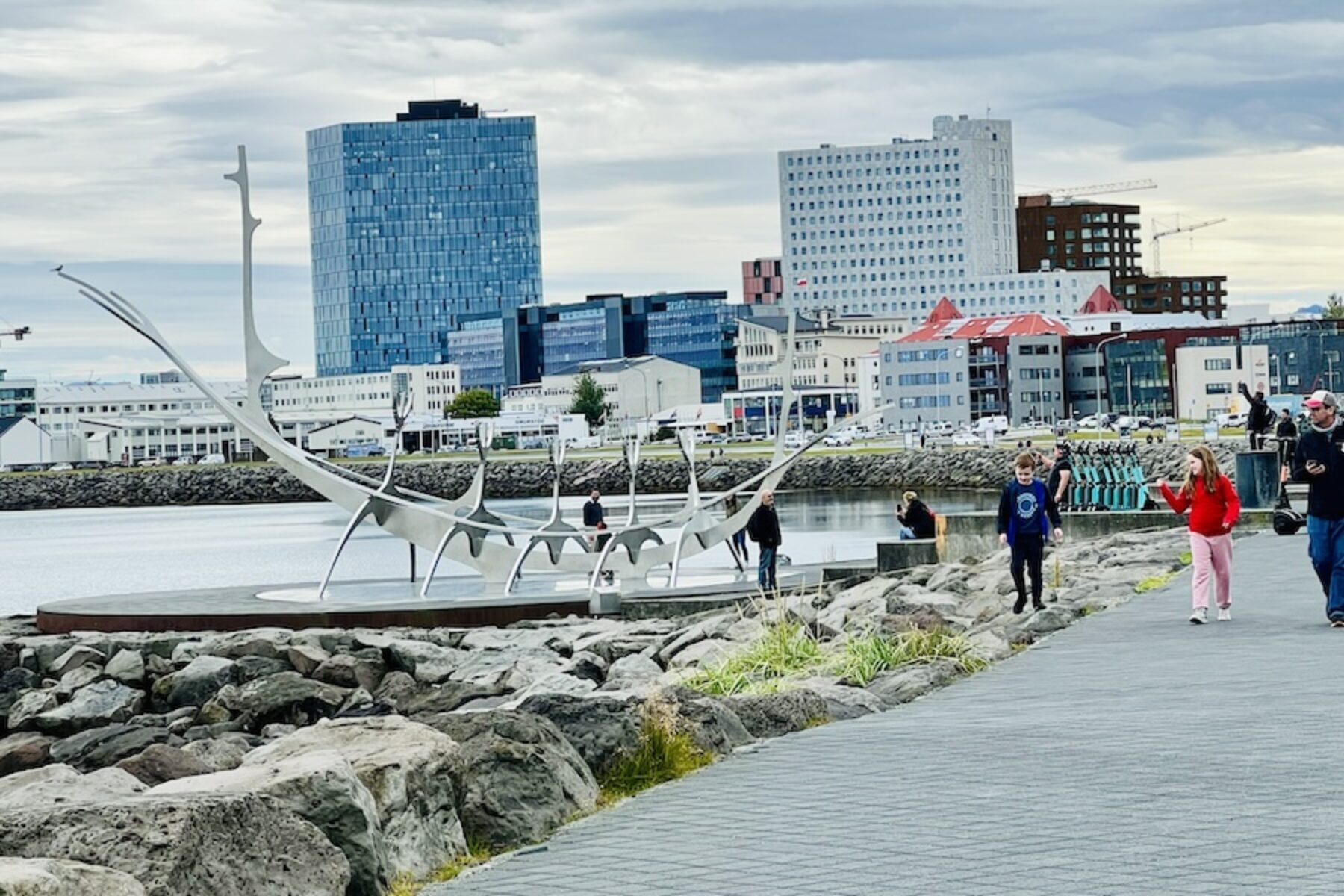
Across “The Continent,” many destination cities are designed with people—and not just automobiles—in mind, making it easy to navigate by foot or bike, and allowing for the perfect blend of cultural immersion and active transportation. Here are five of these standout destinations, chosen from my travels in recent (and not so recent) times. Happy exploring and bon voyage!
This article was originally published in the Spring/Summer 2025 issue of Rails to Trails magazine and has been reposted here in an extended format. Subscribe to read more articles about remarkable trails while also supporting our work.
San Sebastián, Spain’s Bidegorris + The Concha Promenade
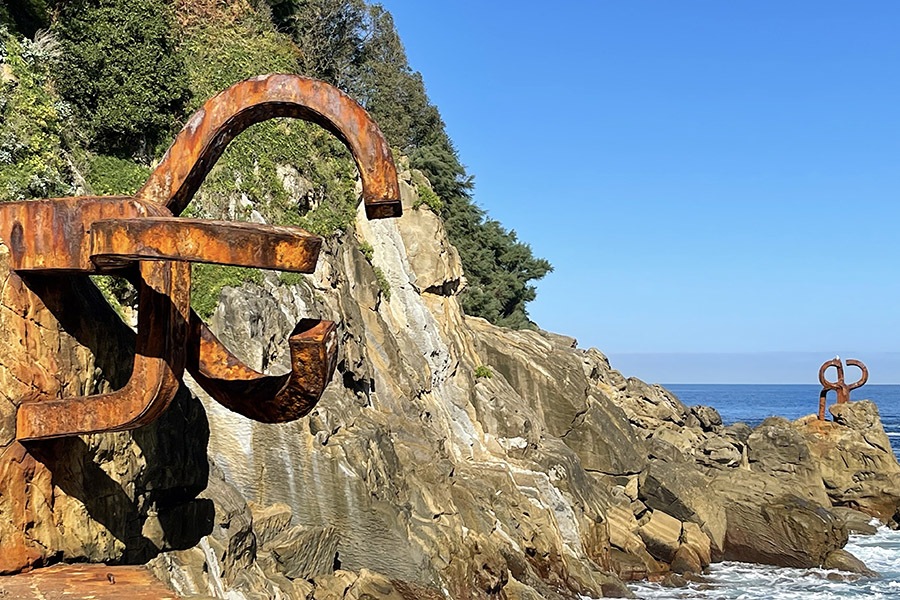
About a decade ago, my husband and I visited San Sebastián, the capital of the small Basque province of Guipúzcoa. Famous for its beautiful beaches and tasty pintxos—the Basque version of tapas—San Sebastián also boasts more than 18 miles of designated bike lanes, called bidegorris, or “red roads,” and some 48 miles total of “separate and safe bike lanes,” making it convenient to get around without a car.
Located in the city’s center is the internationally renowned La Concha Bay Beach, which stretches for about 1.5 miles between Mount Urgull in the northeast and Mount Igeldo in the west. Named for its shell-like shape when viewed from above, the beach is bordered by a paved promenade as well as a section of the city’s bike network, creating, as I’d find out, an ideal spot to get in some exercise while taking in expansive waterside views.
The route begins at the City Hall building, a stunning structure built in 1887 in the French Second Empire architectural style. Upon reaching Ondaretta Beach, a short, paved pedestrian walkway leads to a payoff: El Peine del Viento, or “The Comb of the Wind,” a 1977 collaborative work by artist Eduardo Chillida and architect Luis Peña Ganchegui. A set of three massive comb-like sculptures, the installation is incorporated into the mountain landscape, paying homage to the past, the present and the future … the wind, the sea and the horizon.
Reykjavík, Iceland’s Coastal Trail + Sculpture and Shore Walk
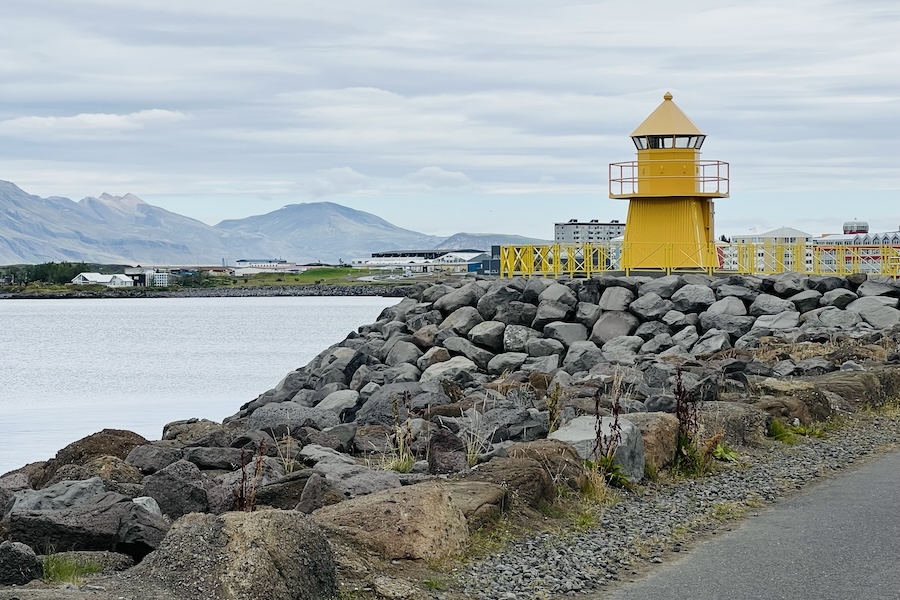
Reykjavík is a popular destination for people who love the outdoors, with its proximity to the lagoons, waterfalls, glaciers and volcanic activity Iceland is famous for, as well as its bustling, pedestrian-friendly downtown. Weaving through the capital is an intricate set of walking paths and bike lanes; in particular, Reykjavík’s northwestern boundary is encased by ocean and skirted by a trail that travels the coastline and connects into the city’s inland neighborhoods.
As part of this coastal trail, you’ll find the 3-mile-ish Sculpture and Shore Walk highlighting various cultural institutions and works of art. During my last visit in 2024, I started this route at the Harpa Concert Hall to get on the separated trail heading southeast. The route quickly passes the stainless steel “Sun Voyager,” a Reykjavík art monument by Jón Gunnar Árnason commemorating the city’s 200th anniversary in 1990 (see header image). It then makes its way by a series of additional highlights, including “The Cairn,” a bronze lava rock piece by artist Jóhann Eyfells; “Shore Piece,” a waterside stone arrangement by Sigurður Guðmundsson; and “Partnership” by Pétur Bjarnason, celebrating 50 years of diplomacy between Iceland and the United States. The route also passes Hofdi Lighthouse (pictured above), the Recycled House (made from recycled materials, as the name implies) and the Sigurjón Ólafsson Museum.
Copenhagen, Denmark’s Cirkelbroen (Circle Bridge)
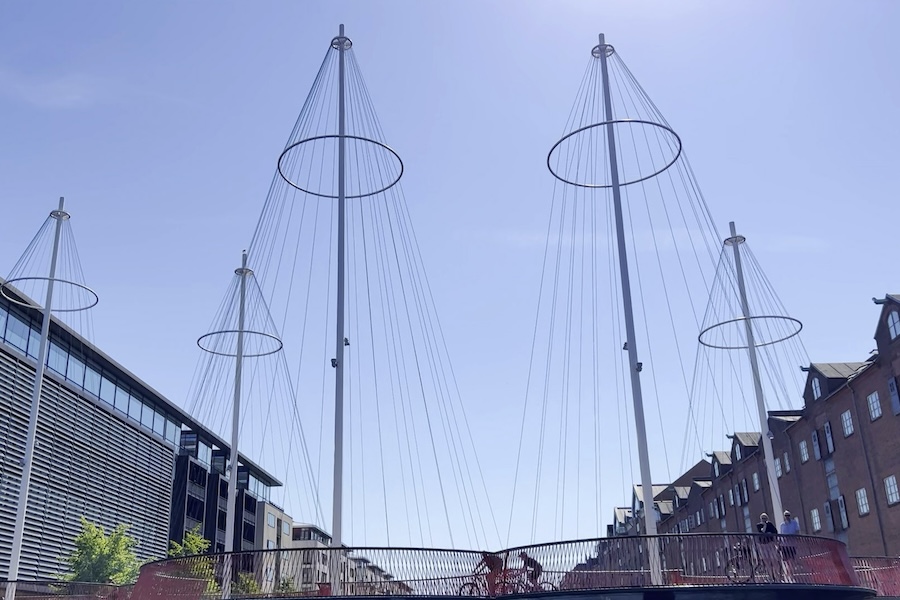
Copenhagen is often called the most bike-friendly capital in the world, with Copenhageners cycling around 895,000 miles daily. At the mouth of Christianshavns Canal is the Cirkelbroen bike and pedestrian bridge by Olafur Eliasson, which has become a star piece of infrastructure—used by some 5,000 people daily—since its opening in 2015. The 130-foot-long structure invokes a vibe of sailing ships from days past and is zigzagged to encourage bicyclists to slow down and enjoy the atmosphere.
Vaduz’ Liechtenstein Trail + Old Rhine Bridge
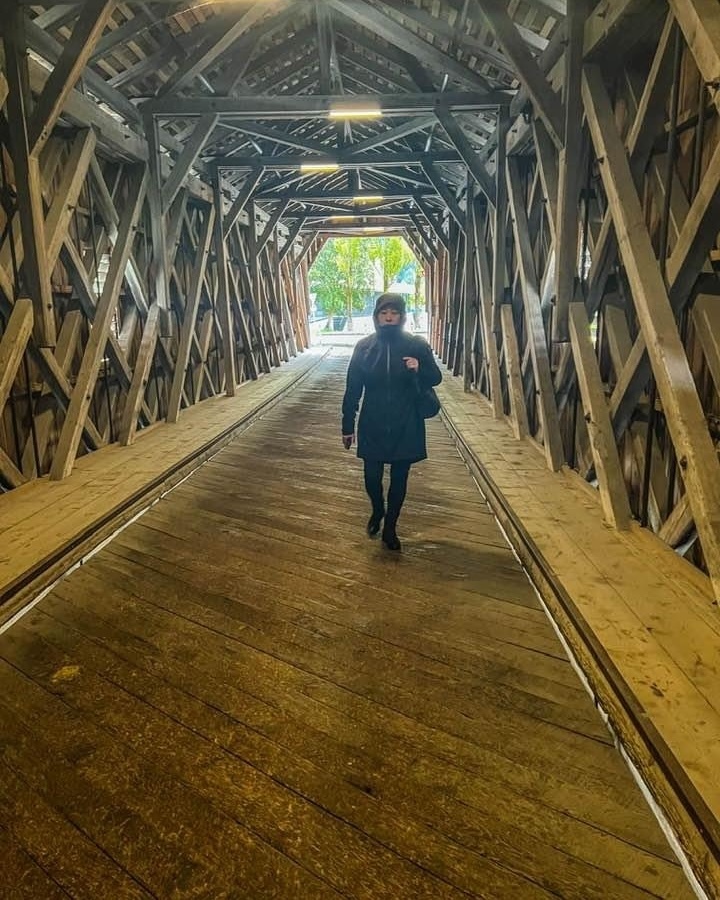
Liechtenstein is a small principality, roughly the size of Washington, D.C., but there is much to appeal to trail enthusiasts and cultural thrill-seekers. In Vaduz, the capital, a popular attraction for both tourism and active transportation is the Alt Rheinbrücke, or Old Rhine Bridge, where you can simultaneously stand in both Switzerland and Liechtenstein, as I found out in 2023. The site is also special for other reasons, being a crossroads for several long-distance, themed biking routes as well as the larger 48-mile Liechtenstein Trail that passes through all 11 of the principality’s municipalities.
Vaduz’ main thoroughfare is located along the trail as well. From the bridge, head east on the Zollstrasse and then take the trail for less than a half mile to the main drag and the landmark Kathedrale St. Florin, a neo-Gothic church built in 1874. Head north on the Äeulestrasse to reach other sites such as the Josef Gabriel von Rheinberger statue and Rheinbergerhaus, as well as museums and restaurants—I’d recommend the Käsknöpfle (cheese noodles)! Also, be sure to stop at the visitors center to get your Liechtenstein passport stamp!
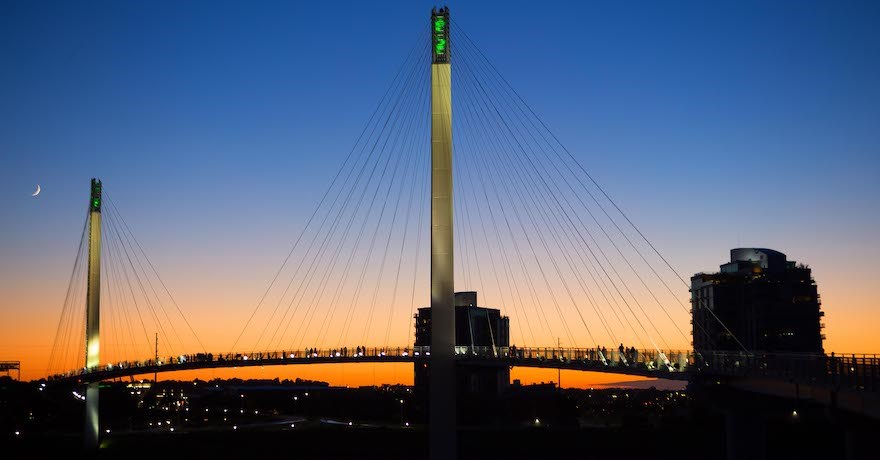
Amsterdam, Netherlands’ Biking Tours + Cultural Hotspots
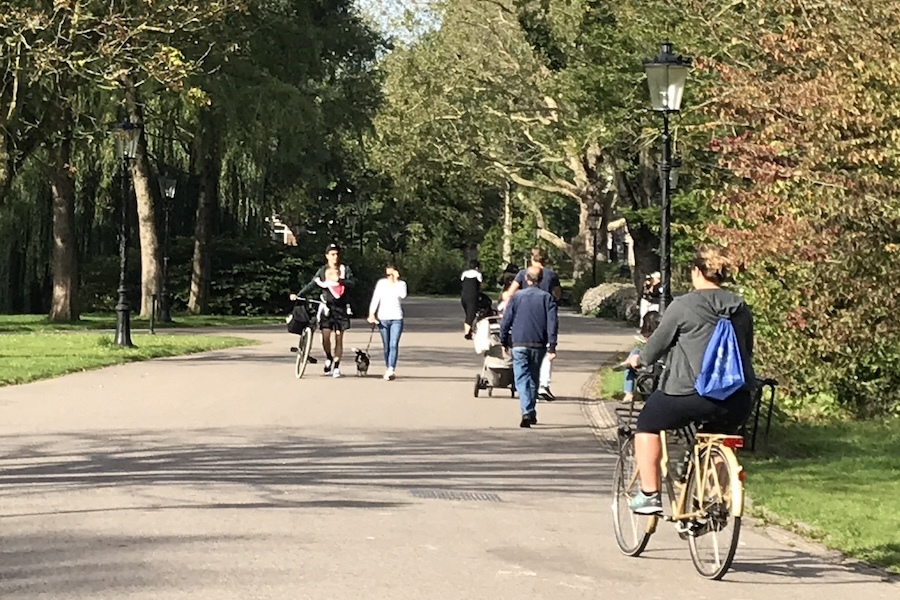
It’s with admiration that I mention Amsterdam, where—during my visit in 2019—I often observed that bike traffic was heavier than car traffic, during the day and at night. Amsterdam made a push in the 1970s to reduce bike and pedestrian fatalities, and today it’s one of Europe’s most bike-friendly cities with an estimated 200+ miles of dedicated bike lanes.
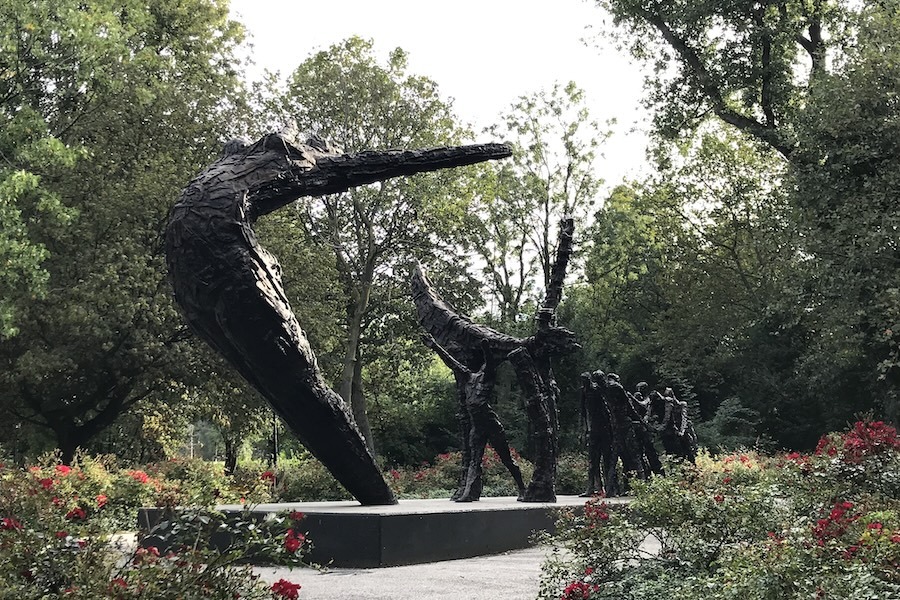
Iamsterdam.com promotes a variety of walking and “Cycleseeing” routes, which connect the heart of Amsterdam to places farther afield and feature a mix of history, nature and wildlife, art, food and architecture (or check out bikingamsterdam.com). In particular, the 27-mile De Amstel (river tour) and 32-mile Castles & Gardens routes both pass within less than a mile of Oosterpark (1092 AT Amsterdam), the city’s first large-scale municipal park. Laid out in 1891, Oosterpark features a variety of amenities, gardens, wide walking paths and a national monument commemorating the Netherlands’ abolition of slavery in 1863. Pro tip: Get your physical activity in, and then find a good restaurant for an Indonesian rijsttafel!

Subscribe to the Magazine
Rails to Trails magazine is a benefit of membership to Rails to Trails Conservancy, which is $18 a year, $4 of which supports the magazine. In addition to the magazine, members receive discounts on RTC gifts and publications.

Donate
Everyone deserves access to safe ways to walk, bike, and be active outdoors.

